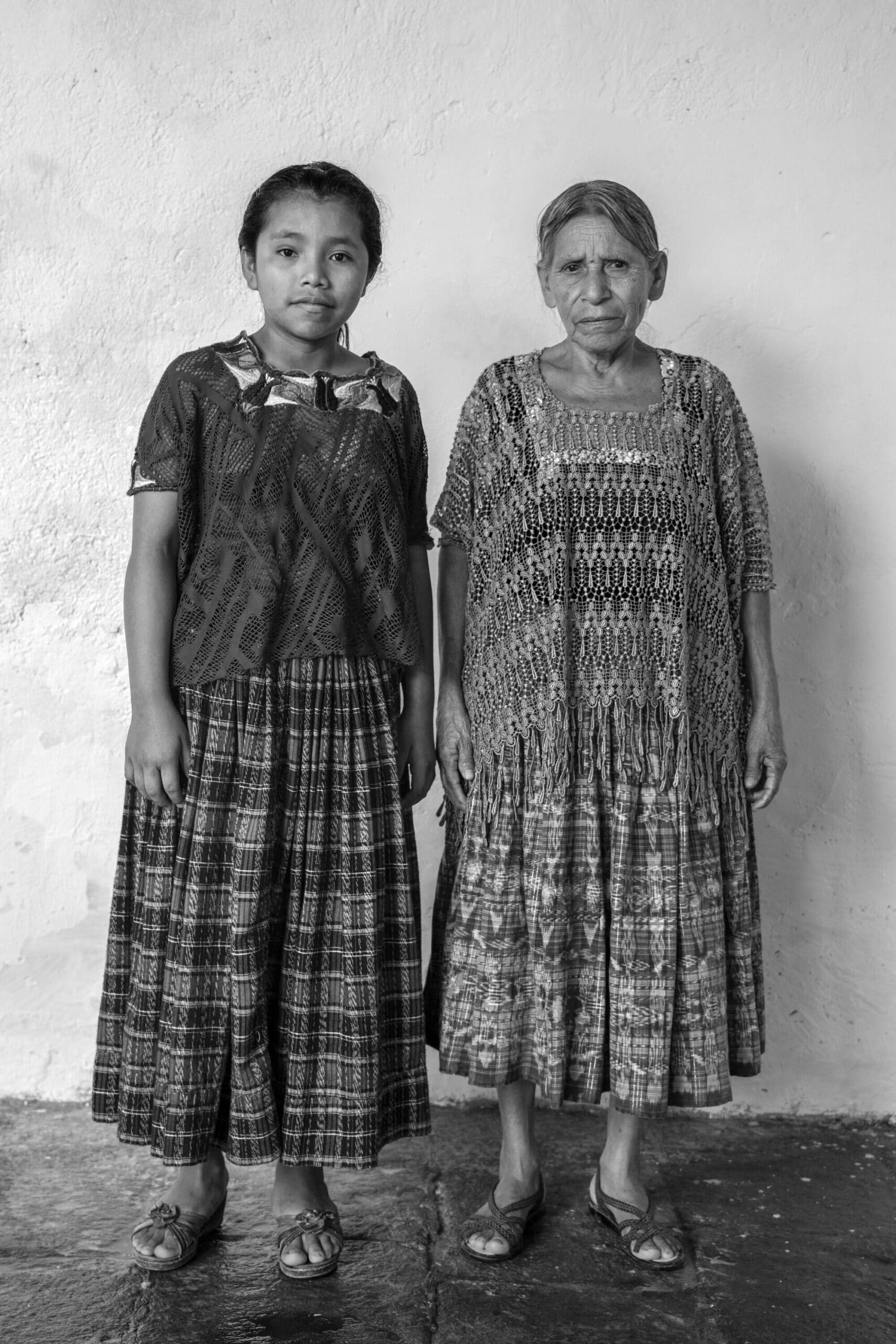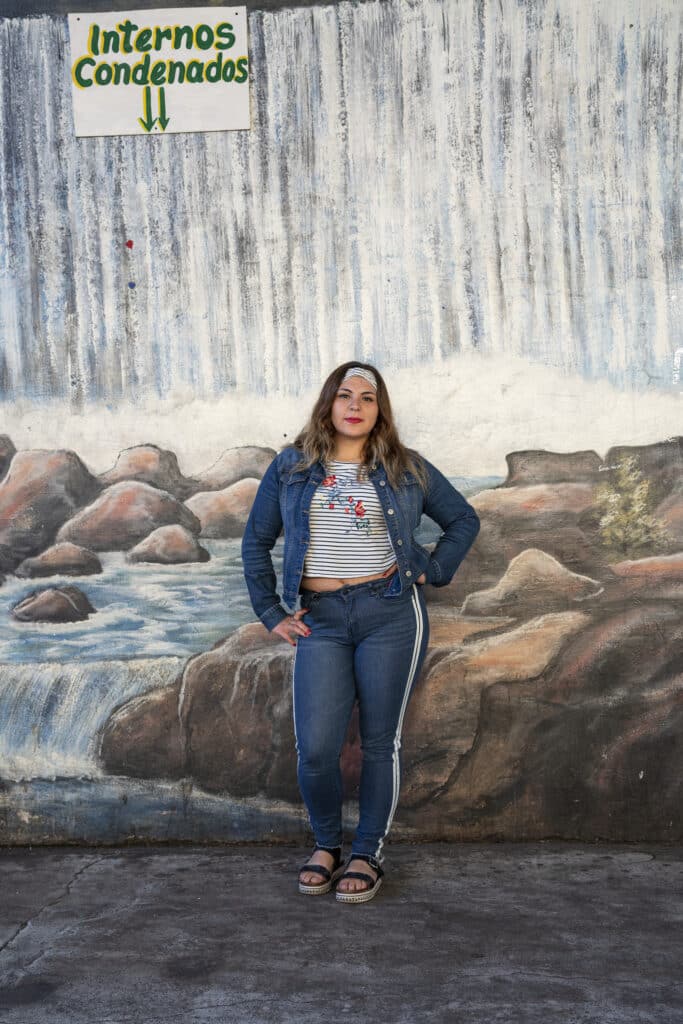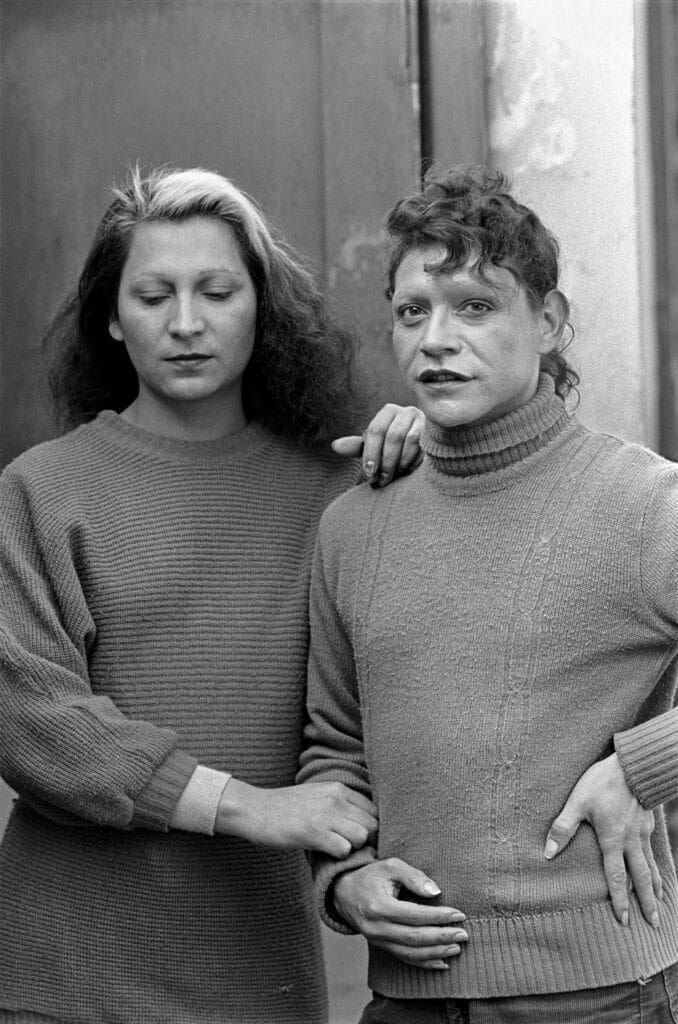“Picturesque isn’t my style,” says Paz Errázuriz, commenting on her native Chile. She laments the fact that so many visitors only skim the surface, making a brief stop in Santiago, the country’s capital, or Valparaíso to explore the legacy of the poet Pablo Neruda (1904–1973), who died shortly after the assassination of President Salvador Allende (1908–1973). Errázuriz has crisscrossed Chile north to south—unhurriedly and, one might add, seemingly without end. This is underscored by the title of her exhibit at the Maison de l’Amérique Latine in Paris and her book, Histoires inachevées [Unfinished Stories], published by the Atelier EXB. This is what sets this understated photographer apart: her relentless focus on her subjects, her perseverance, and her resilience against the passage of time and life’s hardships.
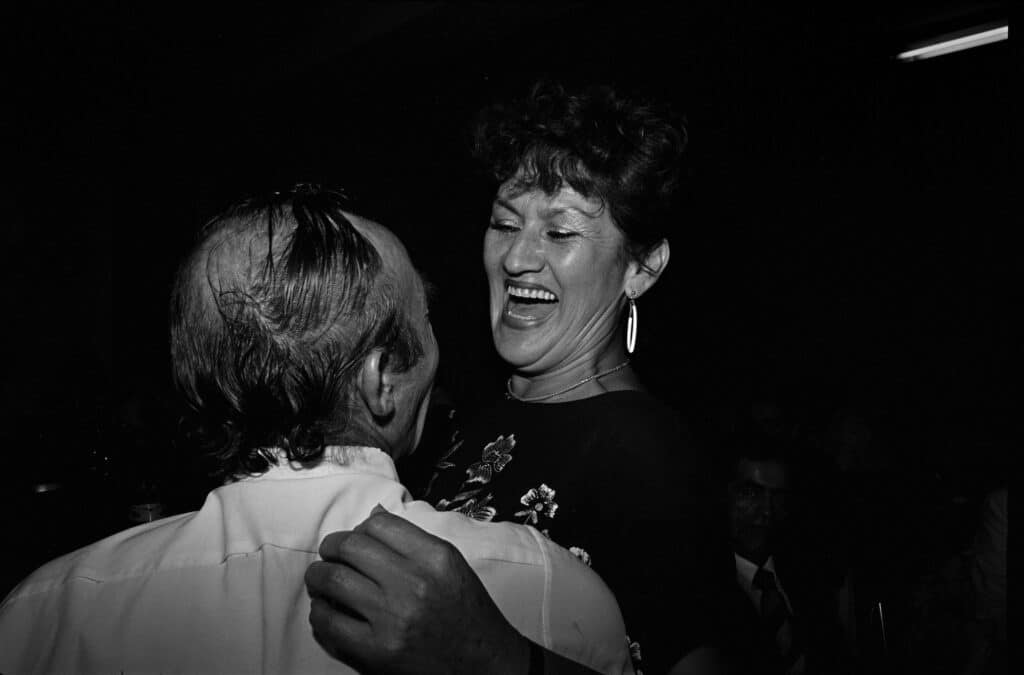
“Photography is a form of memory. Each moment captured comes with a sense of responsibility. Sometimes the frame is filled with joy, and you love it, and other times it captures tragedy, and all you see is death…” Errázuriz and her fellow photographers experienced this first-hand during the rule of General Pinochet. She learned to “sneak around the streets with a small, inconspicuous camera.” Her home in Santiago was subjected to police raids. Those tumultuous days of hope and despair are depicted in Patricio Guzmán’s landmark documentary, The Battle of Chile (1975), which is streaming on ARTE through August 15, 2026. Errázuriz reflects: “Those were harrowing times… Despite the curfew, real life happened in the streets. We used our cameras as tools to fight the dictatorship, as a form of active resistance. We were a close-knit community of photographers, collectively committed to the cause. This was my school, as someone with no formal training in photography. Over time, I’ve been able to carve out my own path.”
“Photography is a form of memory. Each moment captured comes with a sense of responsibility. Sometimes the frame is filled with joy, and you love it, and other times it captures tragedy, and all you see is death…”
Paz Errázuriz
![Black Demon. Los luchadores del ring" [The wrestlers] series, 1988-1991. Excerpt from Paz Errázuriz, Histoires inachevées (Atelier EXB, Maison de l'Amérique latine, Paris, 2023) Photographs © Paz Errázuriz](https://www.blind-magazine.com/wp-content/uploads/2023/10/eng-paz4-edited.png)
Errázuriz chose not to pursue photojournalism, instead dedicating herself to subjects that held personal significance for her. “I wasn’t guided by what others wanted to see, but by what mattered to me. I come from a generation [she was born in 1944] that received no sex education, so I wanted to explore the lives of socially marginalized women such as sex workers.” This focus profoundly changed her own perspective. “I was naive,” she admits, a candidness that infuses her photographs with a refreshing authenticity.
Does she question the emotional distance between herself and her subjects? “Not at all. I engage in lengthy conversations with those I photograph, revisiting them, learning from them. And it’s difficult for me to part ways with them, like Evelyn and Pilar, stars of small circuses in Santiago suburbs; amateur tango dancers; incarcerated women; boxers out of the ring; and the last surviving members of the Kawésqar ethnic group.”
![Untitled, 1981 "El circo" [The Circus] series, 1981-1982. Excerpt from Paz Errázuriz, Histoires inachevées (Atelier EXB, Maison de l'Amérique latine, Paris, 2023) Photographs © Paz Errázuriz](https://www.blind-magazine.com/wp-content/uploads/2023/09/eng-paz3-684x1024.png)
Her body of work, spanning from 1989 to 2019, reflects her patient, unwavering commitment to truly understanding those who stand before her lens.
In 2016, Errázuriz traveled to Guatemala to photograph Las Abuelas de Sepur Zarco, women who had been raped and enslaved by the military during the Guatemalan conflict (1960–1996). Encountering these images is both an ordeal and a testimony to photography’s power: its capacity for silent confrontation.
Paz Errázuriz, Histoires inachevées, Maison de l’Amérique Latine, until December 20, 2023.
Curator: Béatrice Andrieux; scenography: Amanda Antunes.
Monograph published jointly by Atelier EXB and Maison de l’Amérique Latine, 176 pp., €45. Texts by Béatrice Andrieux and Marie Perennès.
Additional works by Paz Errázuriz can be viewed at her gallery, mor charpentier.
Related references:
For insights into Chilean culture, visit the three homes of Pablo Neruda: Casa Museo Isla Negra, Casa Museo La Sebastiana (Valparaíso), and Casa Museo La Chascona (Santiago).
For a literary perspective, read Pablo Neruda’s Extravagaria, trans. Alaistair Reed (Bilingual edition, Farrar, Strauss and Giroux, 2001), p. 129: “What i am telling is nothing, but it happened to me once while I was waiting for someone or other…”
The Battle of Chile, dir. Patricio Guzmán (1975), 243 min.
On Las Abuelas de Sepur Zarco:
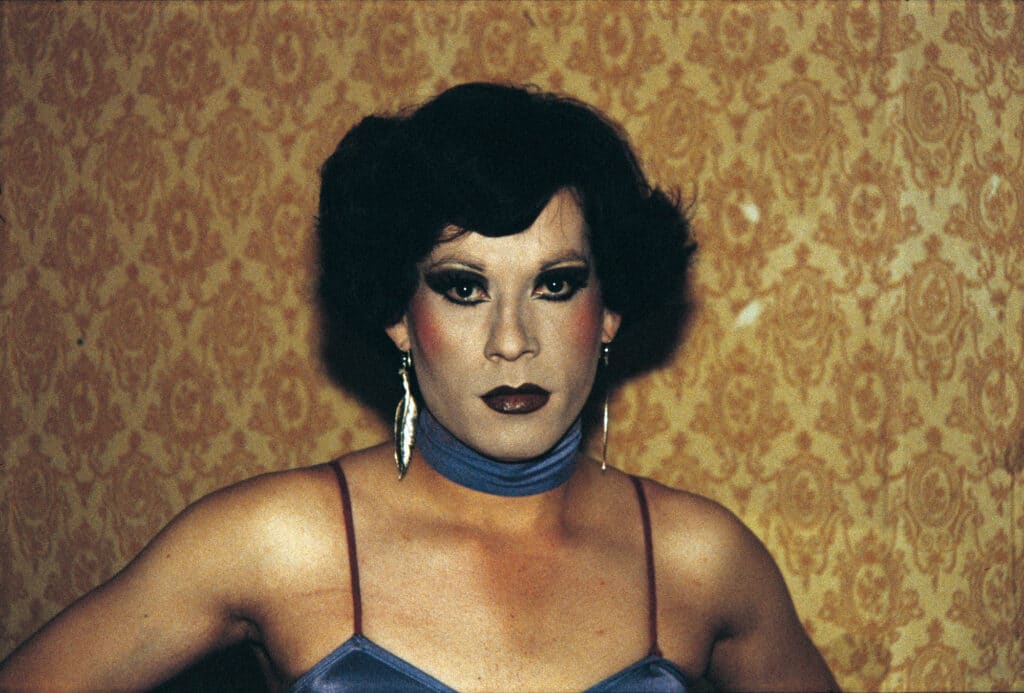

![Untitled. Ropa Americana" [American Fashion] series, 2017. From Paz Errázuriz, Histoires inachevées (Atelier EXB, Maison de l'Amérique latine, Paris, 2023) Photographs © Paz Errázuriz](https://www.blind-magazine.com/wp-content/uploads/2023/09/eng-paz2-683x1024.png)
